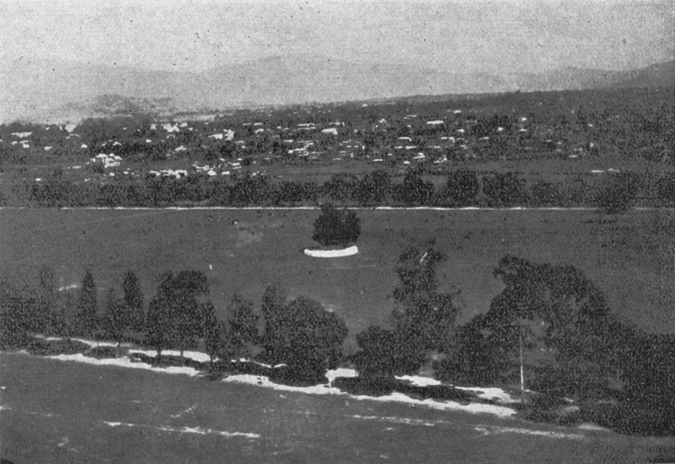Gurumapa on:
[Wikipedia]
[Google]
[Amazon]


 Gurumāpā (
Gurumāpā (


 Gurumāpā (
Gurumāpā (Nepal Bhasa
Newar (; , ) is a Sino-Tibetan language spoken by the Newar people, the indigenous inhabitants of Nepal Mandala, which consists of the Kathmandu Valley and surrounding regions in Nepal. The language is known officially in Nepal as Nepal Bhas ...
: ; Devanagari
Devanagari ( ; in script: , , ) is an Indic script used in the Indian subcontinent. It is a left-to-right abugida (a type of segmental Writing systems#Segmental systems: alphabets, writing system), based on the ancient ''Brāhmī script, Brā ...
: गुरुमापा) is a mythical creature in the folklore of Nepal Mandala
Nepal Mandala () is the ancient geographic division of Nepal into different regions. It was characterized by three major divisions: “ Purwanchal” (Eastern Region), “ Madhyamanchal” (Central Region), and “ Pashchimanchal” (Western Re ...
. According to legend, he is said to take away disobedient children, and so was banished to a field in Kathmandu
Kathmandu () is the capital and largest city of Nepal, situated in the central part of the country within the Kathmandu Valley. As per the 2021 Nepal census, it has a population of 845,767 residing in 105,649 households, with approximately 4 mi ...
.
The story of Gurumapa is one of the most well known folk tale
Oral literature, orature, or folk literature is a genre of literature that is spoken or sung in contrast to that which is written, though much oral literature has been transcribed. There is no standard definition, as anthropologists have used va ...
s in Newar
Newar (; , endonym: Newa; , Pracalit script: ), or Nepami, are primarily inhabitants in Kathmandu Valley of Nepal and its surrounding areas, and the creators of its historic heritage and civilisation. Page 15. Newars are a distinct linguisti ...
society. He is depicted as a giant with a terrifying face and protruding fangs.
The legend
Kesh Chandra
The story starts with an inveterate named Kesh Chandra who lived in Itumbaha, a sacred courtyard in central Kathmandu. After he had gambled away all of his property, he went to live with his sister. When he stole even the plate on which his lunch was served to gamble, his sister, wishing to teach him a lesson, served his rice on the floor. Deeply hurt, Kesh Chandra gathered up the food in a handkerchief and walked a long distance to the woods outside the city. Feeling hungry, he unwrapped the rice, and found that it had turned bad and there were maggots all over. So he spread the food to dry in the sun and dozed off.Droppings turn to gold
When Kesh Chandra awoke, he found that pigeons had eaten everything. He was so saddened that he broke into tears. Taking pity on him, the pigeons left their droppings which turned into gold. There was so much gold that he couldn't carry it all. As he was pondering what to do, he saw Gurumapa, a man-eating giant that lived in the forest, approaching. He had been attracted by the smell of prey. Kesh Chandran pacified him by calling him uncle, and persuaded him to carry the gold to his home with the promise of a feast and the right to take away children if their parents called him whenever they were bad. Kesh Chandra took Gurumapa home to Itumbaha and let him live in the attic. As the years passed, children started disappearing whenever their parents warned them that Gurumapa would come and get them.Banished to Tundikhel
The local residents then decided that it was not safe to keep Gurumapa in the neighborhood. They promised to provide him an annual feast of boiled rice and buffalo meat if he agreed to live on the field of Tinkhya (Tundikhel
Tudikhel or Tundikhel ( Nepali: टुँडिखेल; Nepal Bhasa: 'Tinikhya', तिनिख्यः) is a large grass-covered ground in the center of Nepal's capital Kathmandu and one of its most important landmarks. The field is recta ...
). And so the giant was persuaded to move out. To this day, the people of the locality prepare a feast on the night of Holi for Gurumapa and leave it on the field which is now a parade ground.
References
{{Authority control Nepalese legendary creatures Newar Mythic humanoids Asian demons Asian folklore Nepalese fairy tales